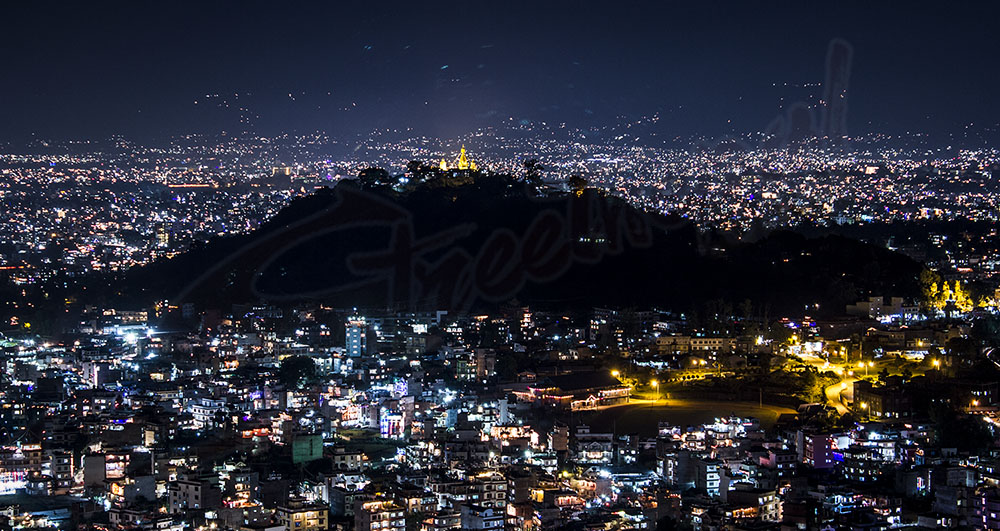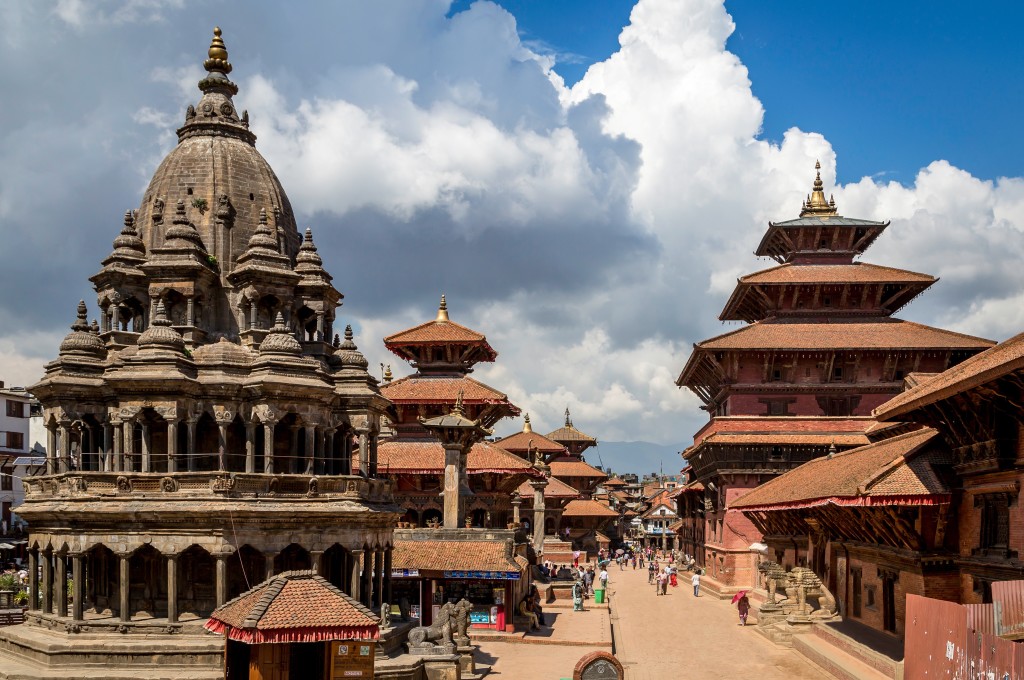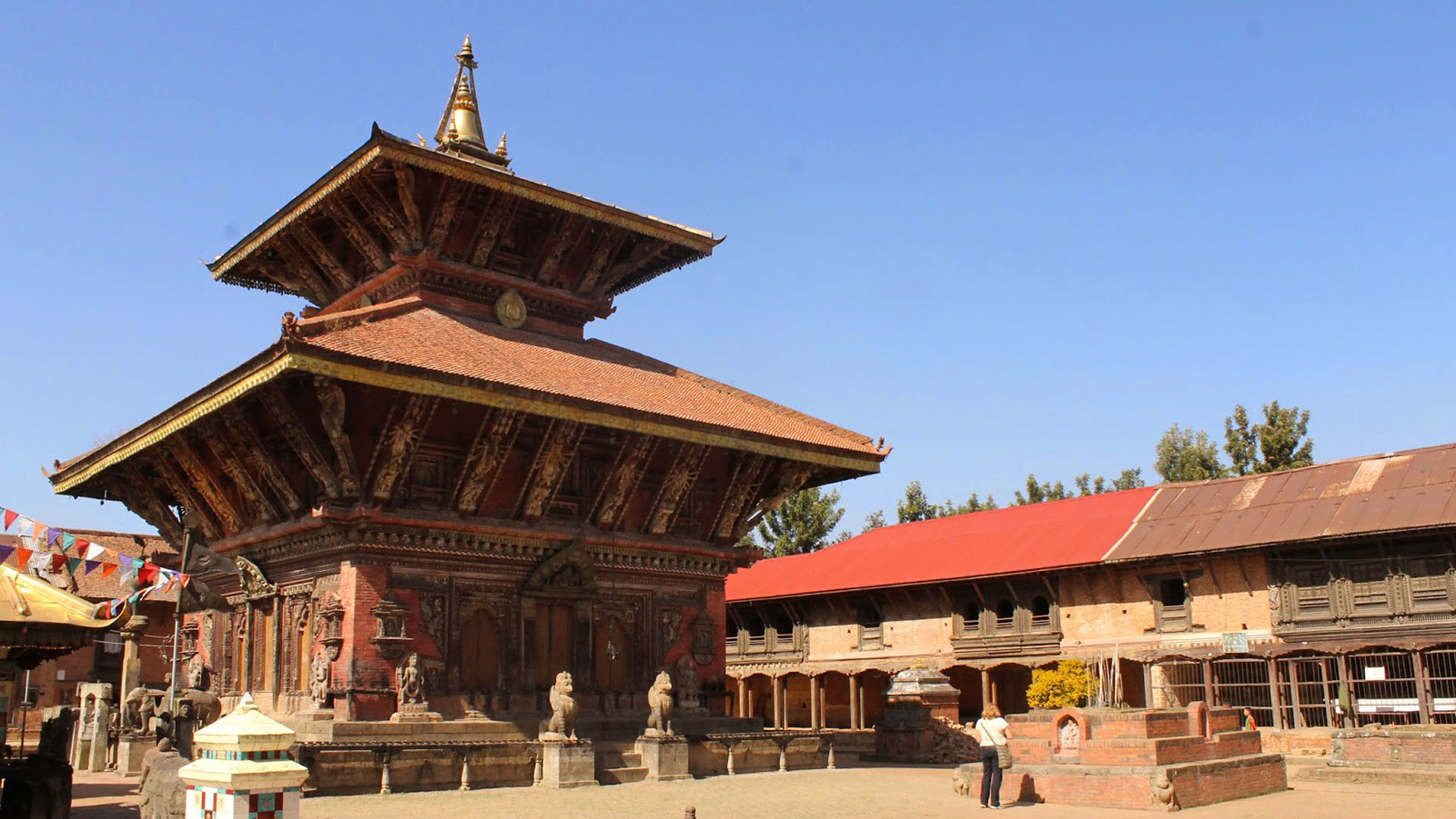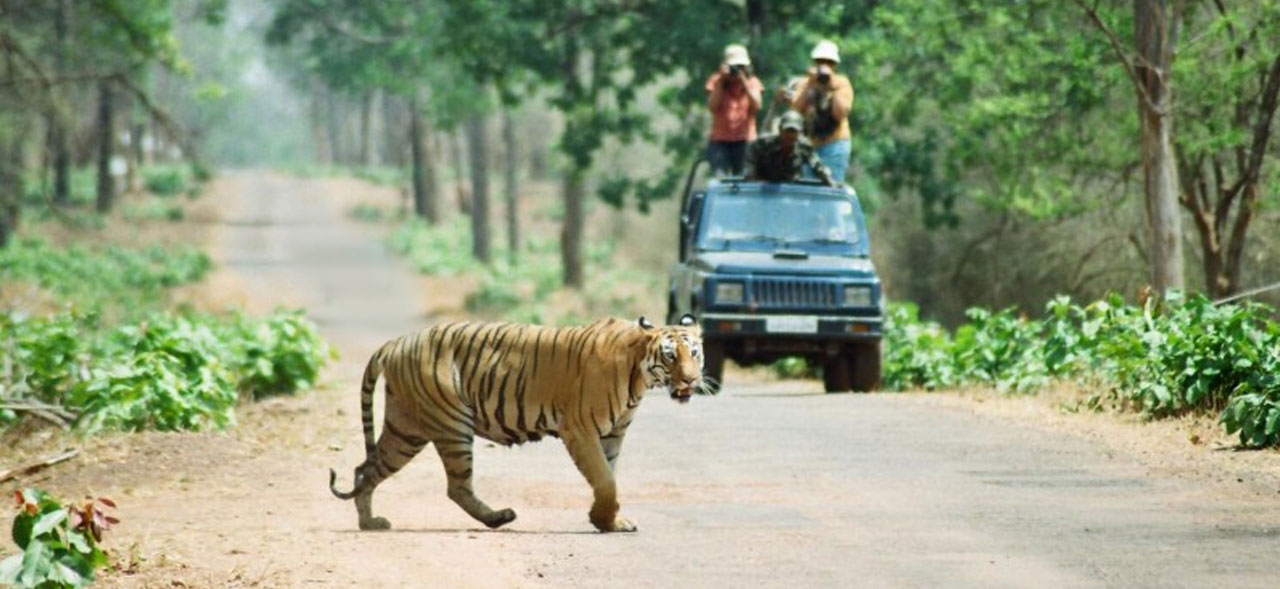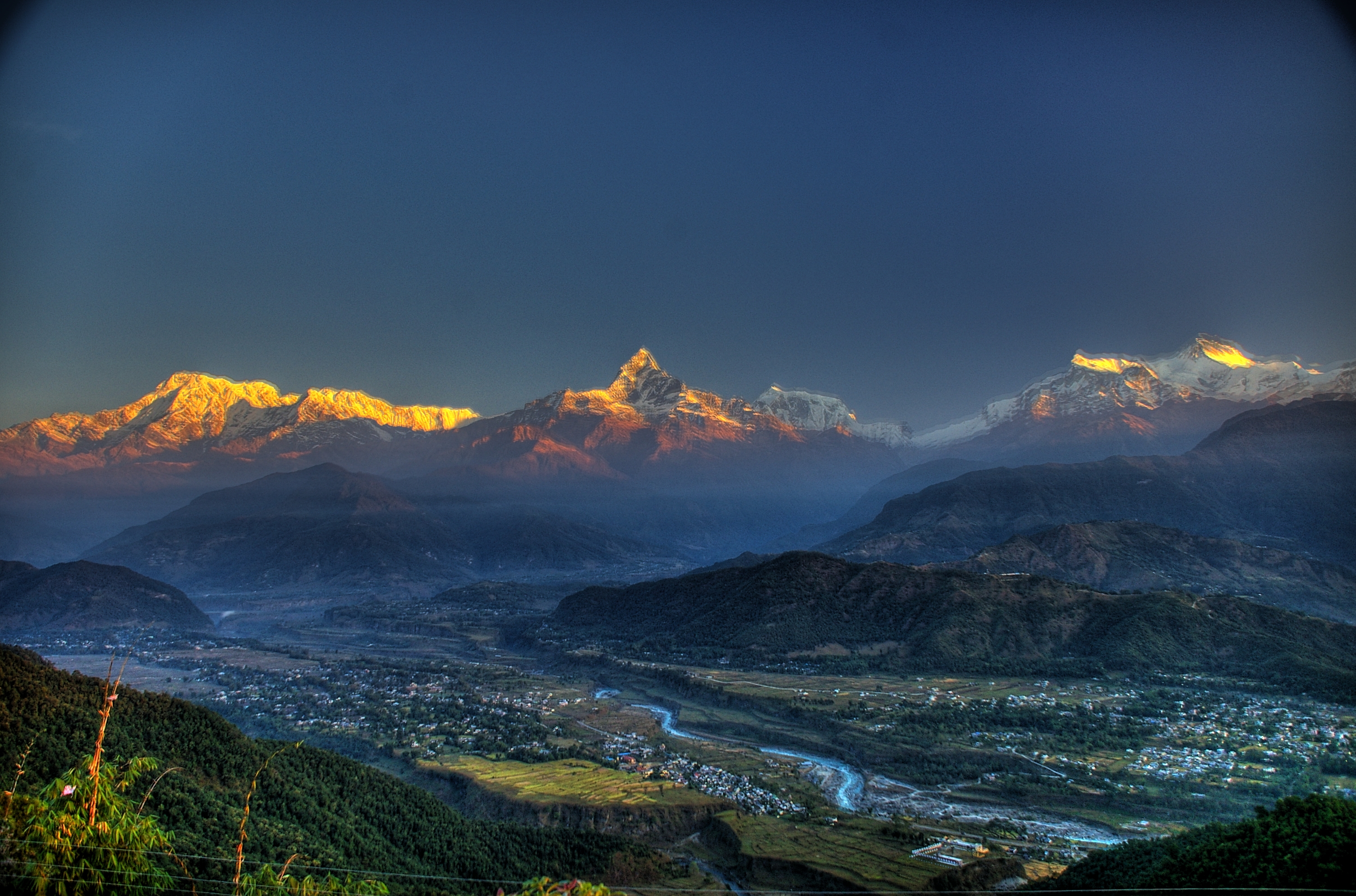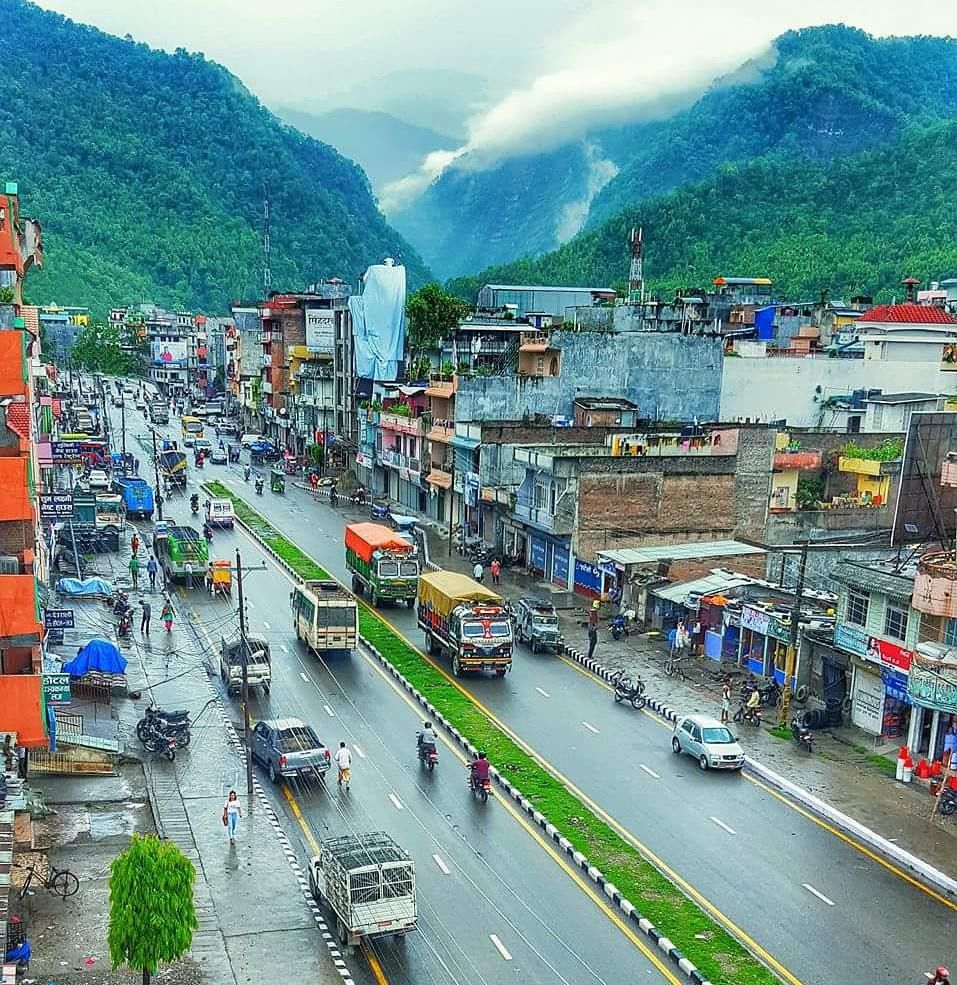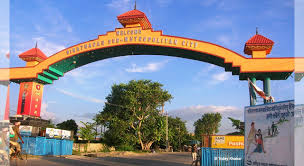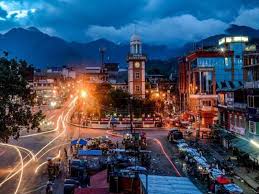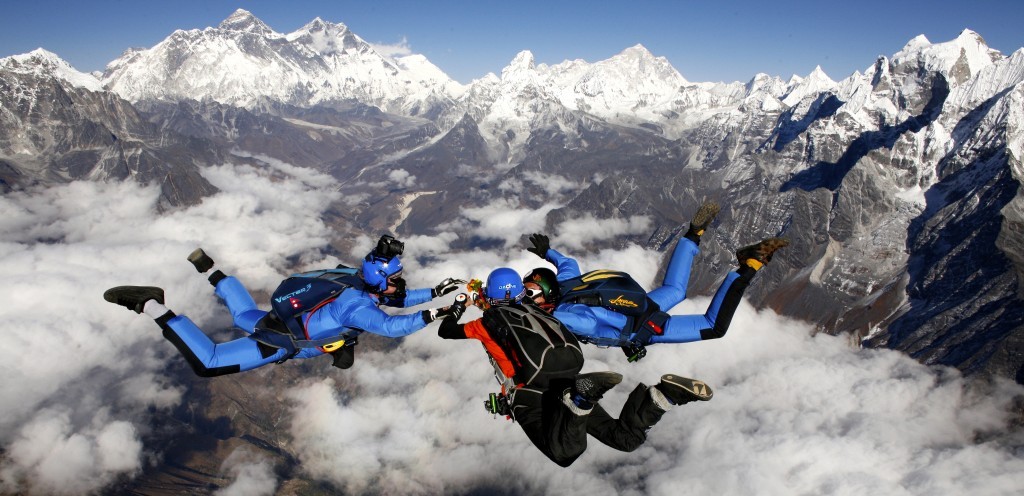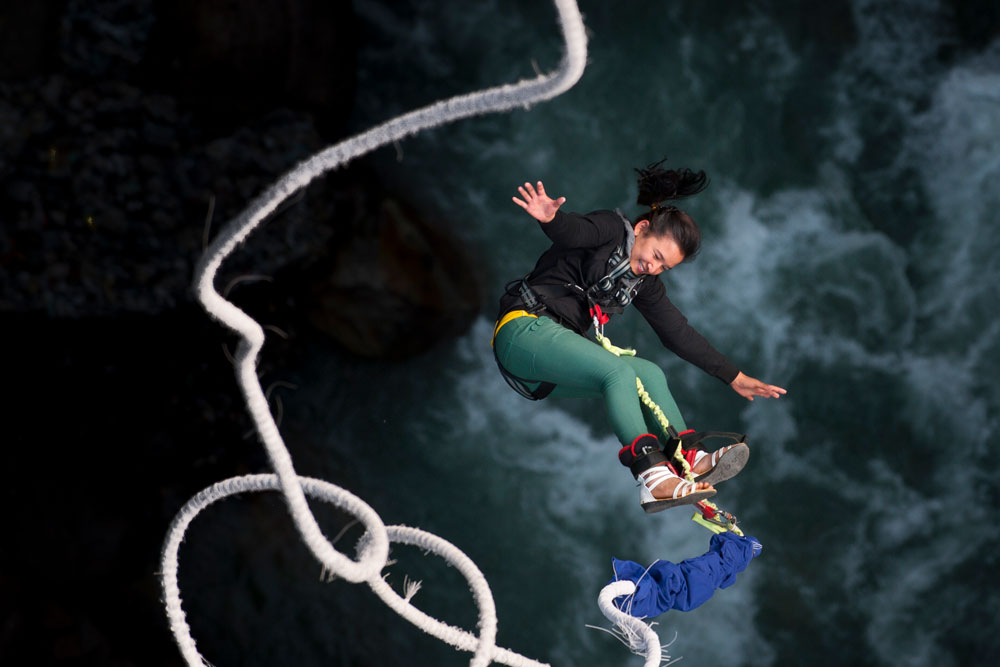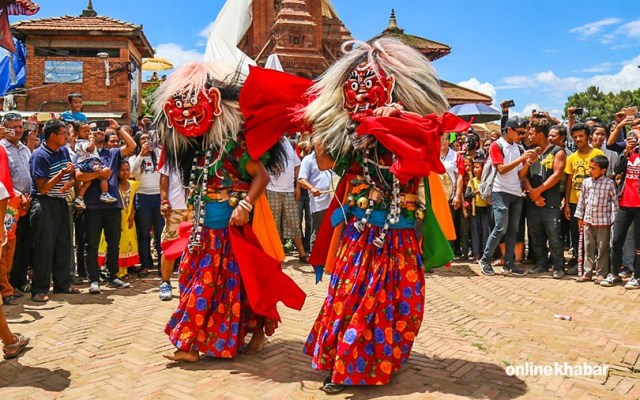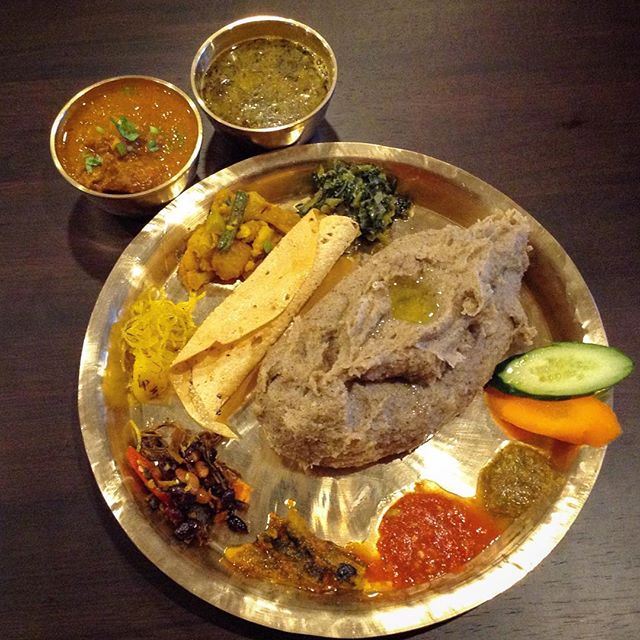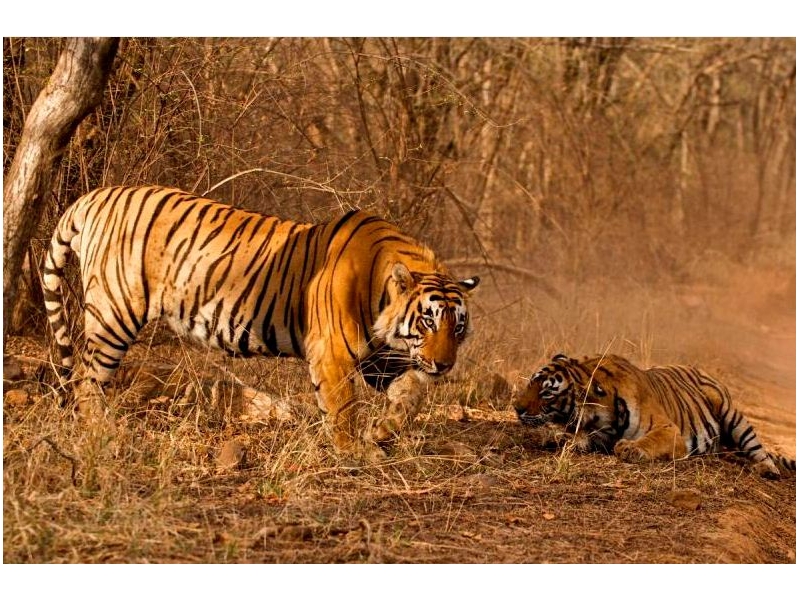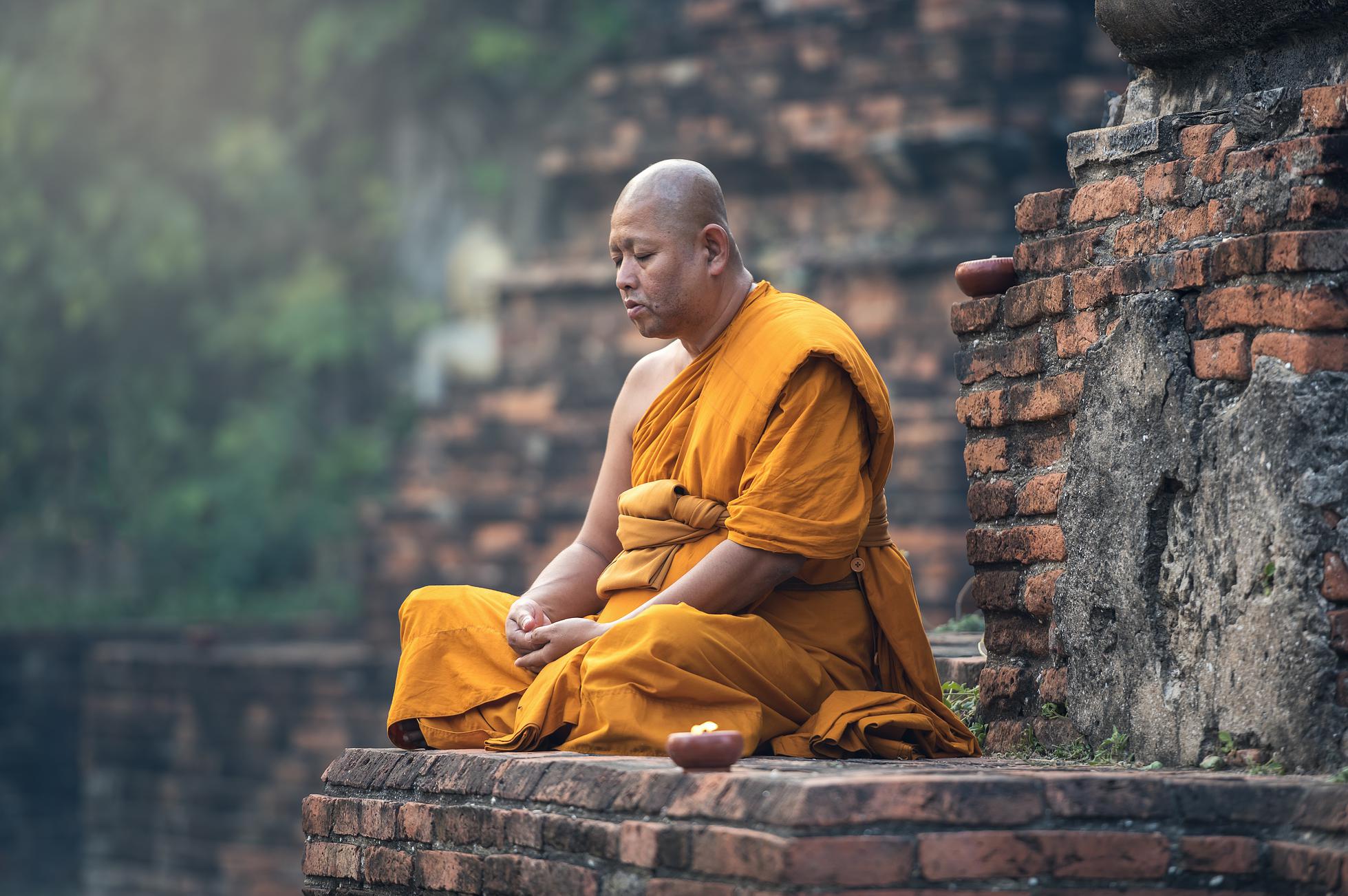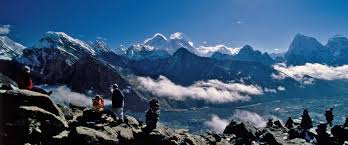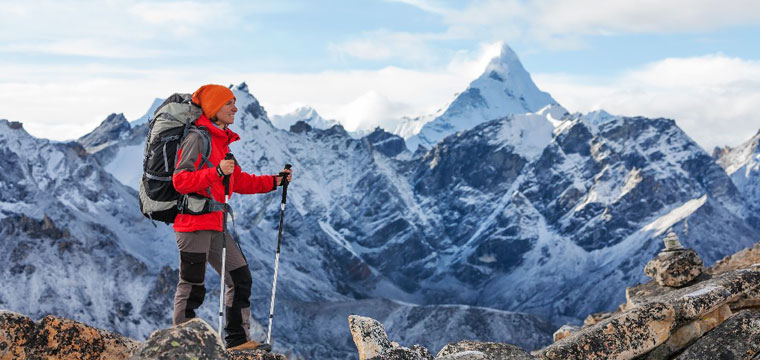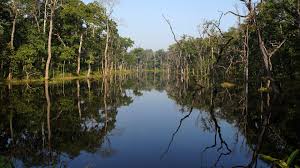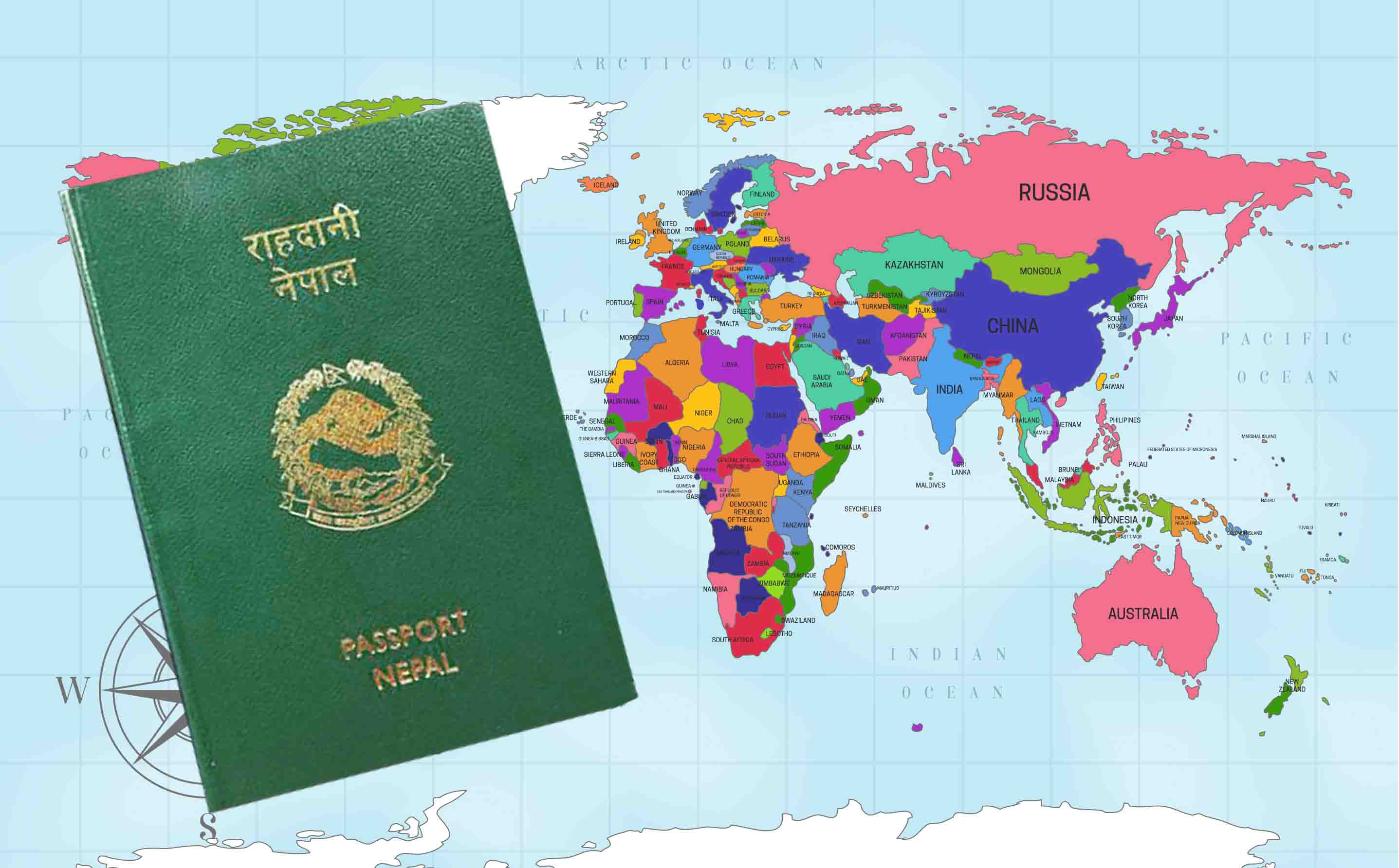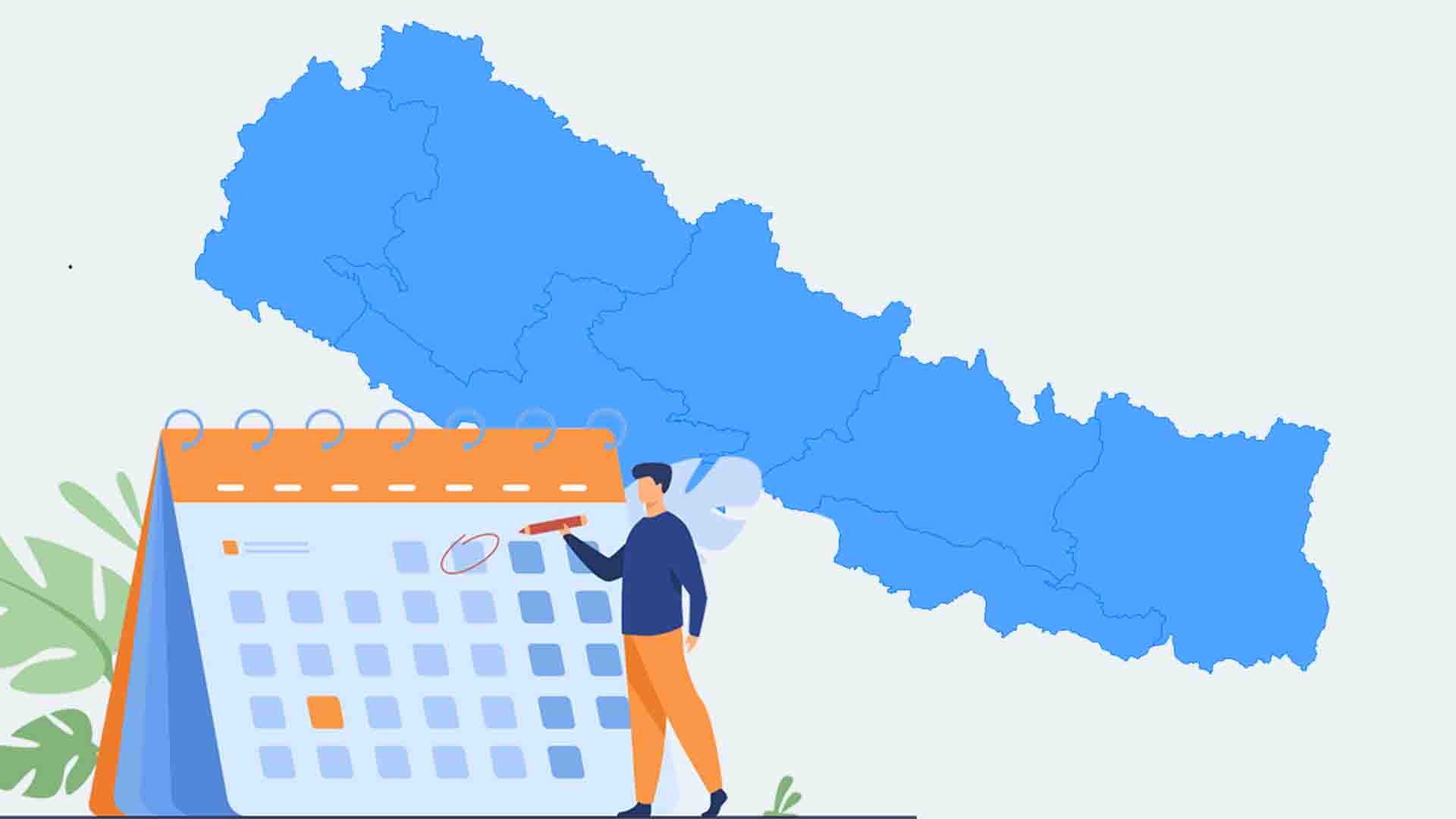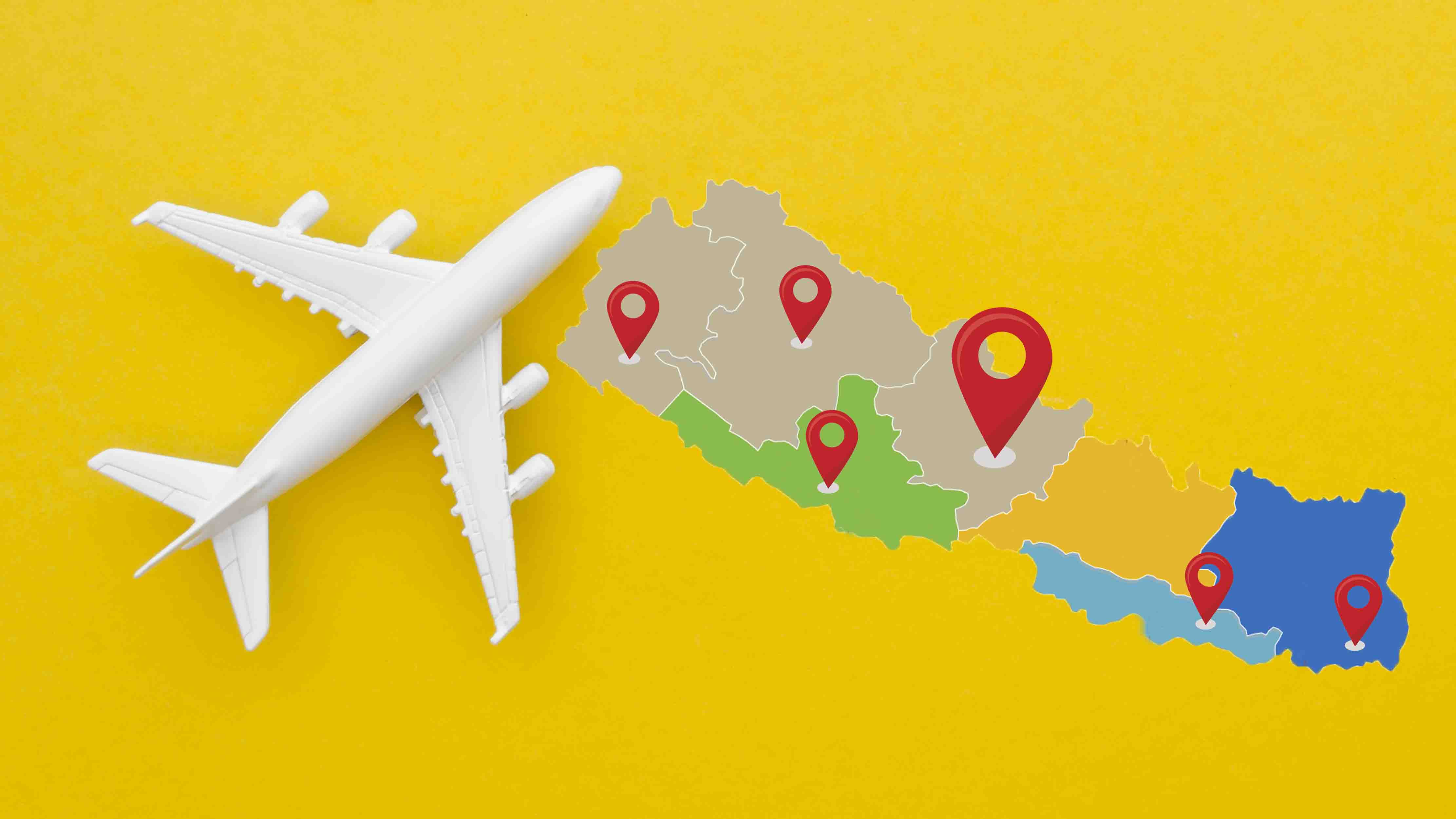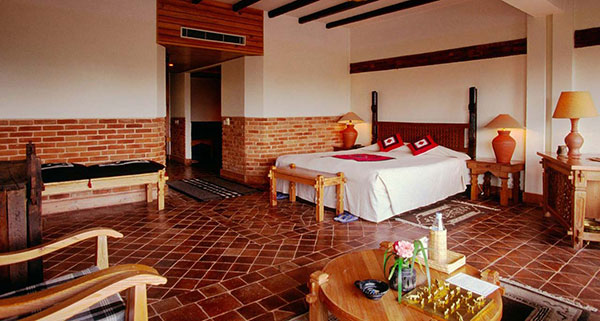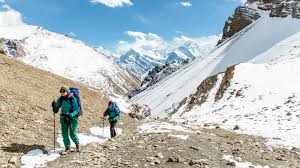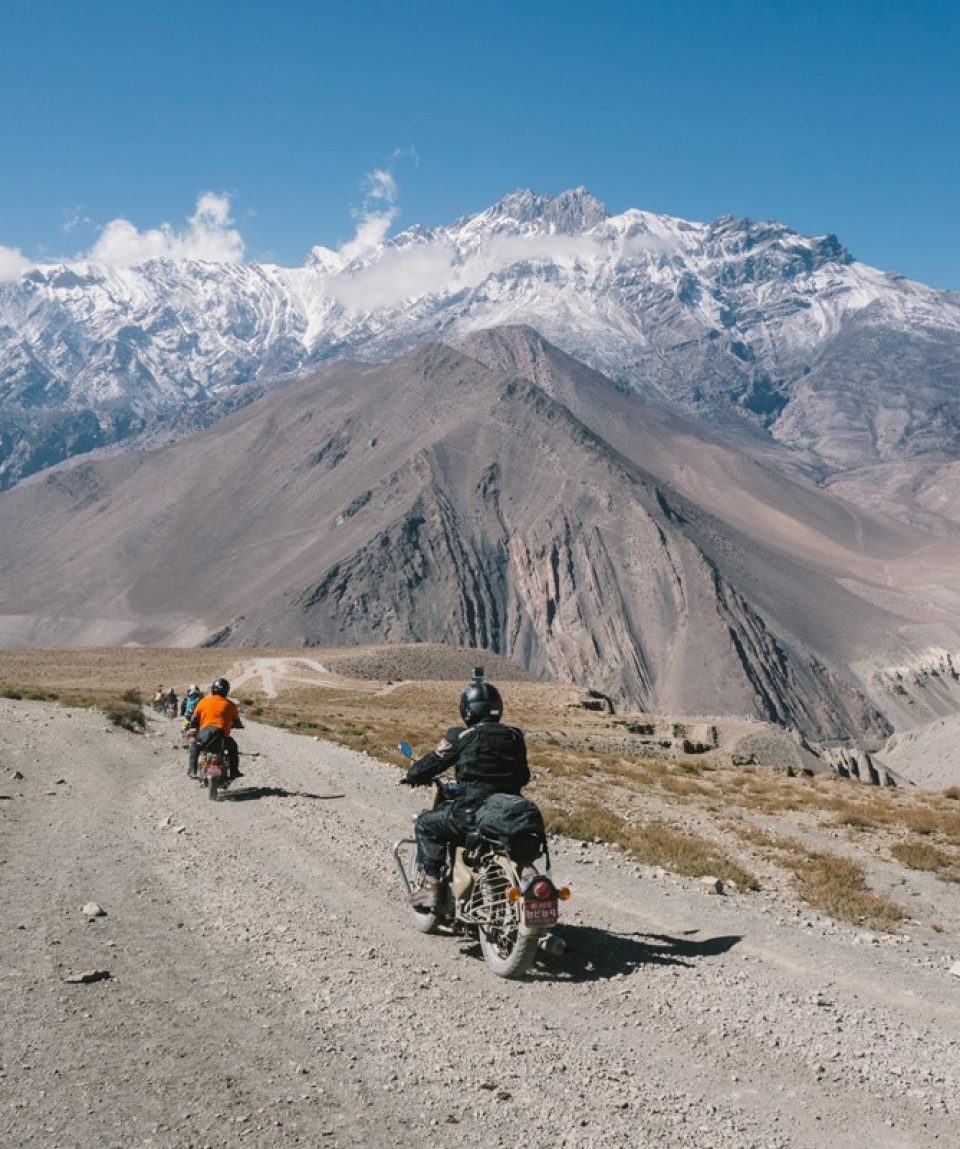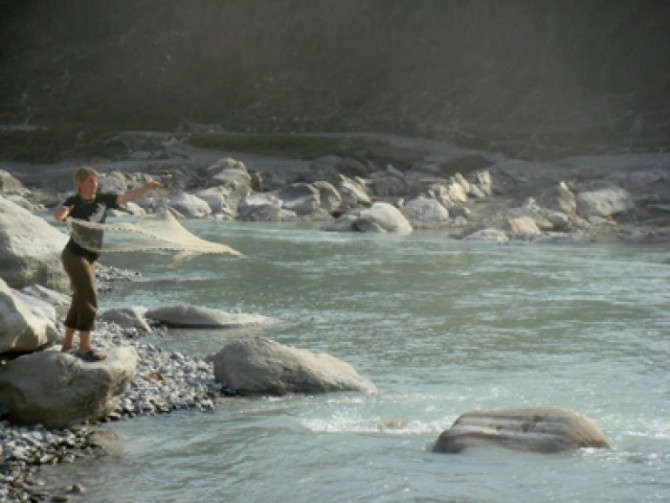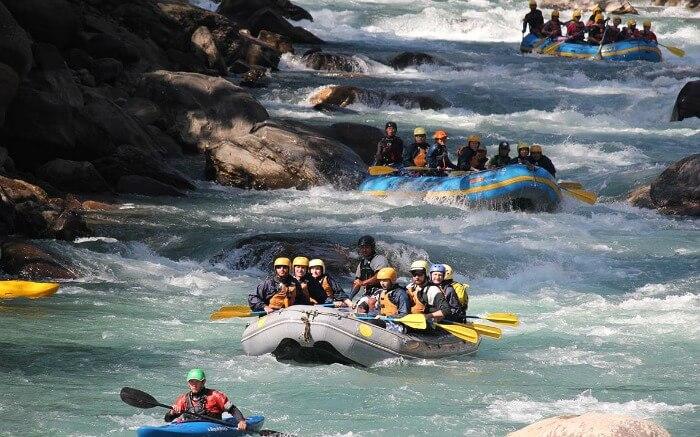Understand Nepal > adventure > Trekking
Trekking
Nepal has been one of the leading countries when it comes to trekking. Started from the 1960s when Col Jimmy Robert organized the first commercial trek, trekking has been one of the core activities in Nepal. Thousands of tourists come to Nepal to trek to the Himalayas, either a few days of hiking or month-long trekking via valleys and high mountain passes. With Everest as the most challenging and famous trekking region globally, Annapurna is equally popular for even average trekkers.
The extensive trail system – the Great Himalayan Trails, that covers Kanchenjunga in the east and Humla and Darchula in the west challenges every other trekking trail. Nepal, lying at an altitude range between 59 m in the Terai region to 8,84 m at the highest point of the Everest, has a massive difference in altitude, adding more thrills to the trekkers.
The trekking procedure in Nepal is quite easy unless you decide to trek on regions that require exclusive licenses or permission from the government. Traveling agents or appropriate offices provide all general permits and documentation right after your landing in Tribhuvan International Airport in Kathmandu – the capital of Nepal.
The capital itself is a gateway to outstanding short and long hiking and trekking destinations like Panchpokhari, Langtang National Park, Chisapani, etc. The breathtaking mountains are visible from the capital on a clear sky day, and with a half-hour drive to Dhulikhel, you can witness mind-blowing mountain views and enjoy short hikes.
Though commercial trekking began since the 1960s only, the progress in this field is quite impressive and is increasing gradually every day. The protected and conservation areas with establishment of national parks and wildlife reserves, the condition of the trekking trails are maintained with accommodation facilities and teahouses on the routes to provide at least minimum facilities to the trekkers. It has also uplifted the lifestyle and economic condition of the locals living in the trekking regions.
The lodged and hotels in the most popular trails are improving with necessary facilities like charging batteries, email and booking facilities, which has helped the trekkers to have a safe trekking experience. Different travel and tourism private companies are opened in Nepal, providing information on trekking areas, difficulty and timing of treks, and providing various services like transportation, guides, maps, and porters.
The six different vegetation zones of Nepal – Tropical, Sub-tropical, Lower Temperate, Upper Temperate, Sub-alpine, and Alpine are located at a different altitude ranging from below 1,000 m to above 4,000 m. Trekking to different vegetation zones brings a different kind of experiences. The wildlife like One-horned Rhino, Bengal Tiger, Snow Leopard, Musk Deer, Red Panda, Elephant, etc. make the trekking to different zones exciting. Allies of blooming rhododendrons during spring adds more energy to trekkers with different valleys, passes, gorge, villages, waterfalls, lakes, and forests.
The less-frequented treks, especially in the Western part of Nepal, like Mount Api and Mount Saipal trek, Khaptad, and Shuklaphanta National Park treks, are challenging and risky because of their virgin trails, with no accommodation and teahouses on the way. Trekkers should be self-sufficient, carry maps, first-aid, tent, etc. and be prepared for all kinds of dangers before making a trek. Manaslu, Everest, Annapurna, Kanchenjunga, Manang, etc. are well-developed regions for trekkers with enough necessary facilities.
Trekking is a fantastic activity to do in Nepal, but it can be hazardous for some months. Winter brings snow and blocks the trails of specific regions. The southern part of Nepal receives higher precipitation. Monsoon is muddy and slippery, and the transportation services are stuck in some areas. Still, monsoon brings spectacular flowers to life and adds greenness to your trail. It is better to research the appropriate time to trek to the destination you are interested in. For solo travelers, there is more research required.








